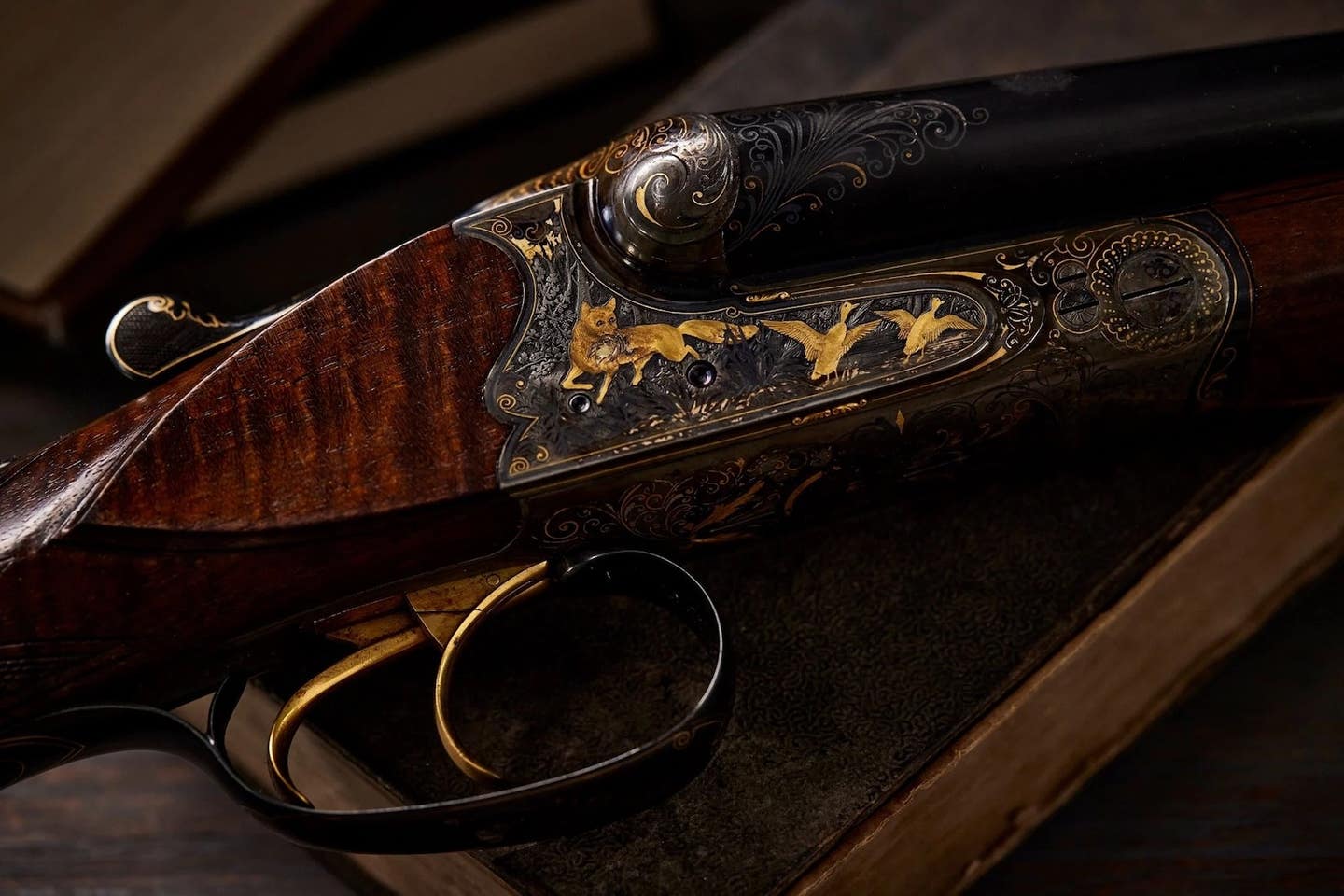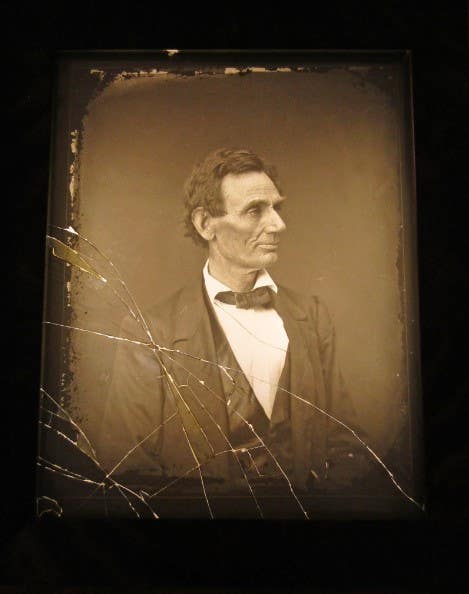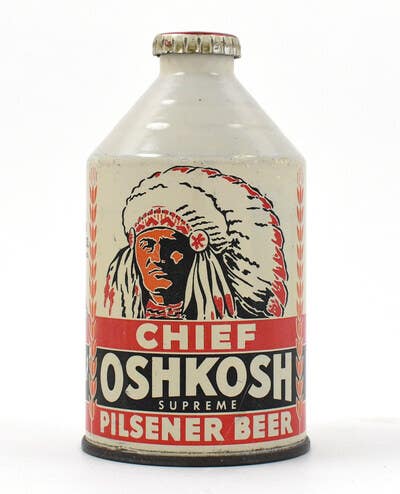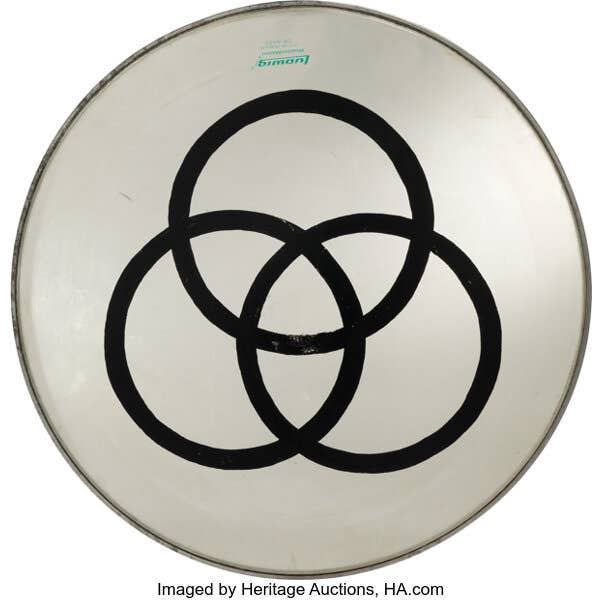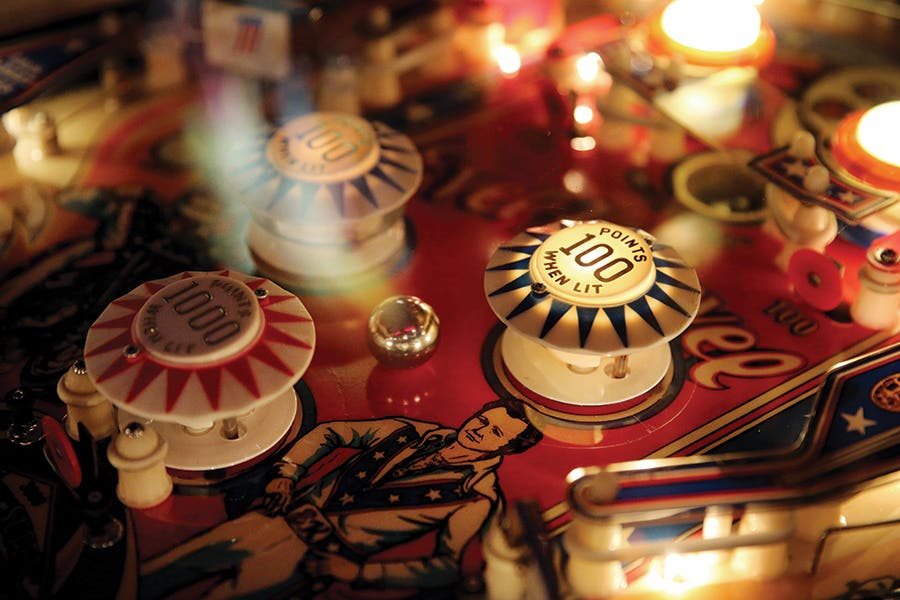Exin Castle Kits
Introduced in the late 1960s from Barcelona, Spain, Exin castle kits were remarkably detailed with working drawbridges, windows, knights, horses and were not only very cool but they provided everything builders needed to enjoy medieval fun.
Exin castle kits were manufactured by the Exin Brothers in Barcelona, Spain. The first line of castles debuted in 1968. Now known as the Blue Series, these castle kits came in vertically oriented hexagonal boxes with illustrations of the castles depicted against a blue background. There were four sets of increasing sizes in this series, numbered 0 to 3.
More than one type of castle could be built with each set, with four different castles being possible with set 3. Besides all the limestone-colored building blocks, the drawbridges and windows, the castle kit inventory included a few charming figures, such as a ghost and a witch.
Of the Blue Series, set 0 had 266 parts, set 1 comprised 305 pieces, set 2 had 601 parts, and set 3 was made up of 779 pieces. The numbers of the Blue Series refer to the plastic bases which the castles were sometimes built on. Set 0 had no base, set 1 a one-piece base, set 2 a two-piece base, and set 3 a three-piece base. These lovely plastic bases depicted moats and cobbled entrances and the like.
Also in 1968 the Orange Series appeared. These castle kits came in the familiarly shaped boxes, but with the castle illustrations against an orange backdrop. These sets were of mini castles designed for beginning builders. This series was denoted by letters rather than numbers. The P kit had 76 pieces, the S kit comprised 125 parts, and the E kit was made up of 255 pieces. Two different castles could be built each from sets P and S, and three from set E. None of the Orange Series included the plastic bases, and these mini-sets did not include any figures.
In 1977 came the Great Alcazar sets. Sold in hexagonal boxes of various colors, this series saw the discontinuation of the bases to build the castles on. Instead, the buildings simply sat on whatever flat surface they were constructed upon, which of course could make moving them a complicated operation.
These kits were identified by a name and Roman numeral. The Great Alcazar X set had 356 pieces, the Great Alcazar XI kit comprised 547 parts, the Big XII Alcazar had 873 pieces, and the Great Alcazar XIII set boasted 1,253 parts. Features of this series included coats of arms, portcullis and special bricks for constructing stairways.
All of the preceding three series of castles included the red triangular, rectangular, and conical roofs to cap the towers and halls of the castles.
In 1989 came the Golden Series of Exin castles. This range marked an architectural change in design from the fortress-like construction to a later, more Germanic palace-like castle. These sets were made up of gray-colored bricks instead of the limestone appearance of those of the earlier kits and included rectangular roofs, with all of the roof pieces now molded in blue instead of red.
The Golden Series sets were numbered I through VI, the sets having 122, 197, 281, 391, 506 and 1472 parts. Set VI is considered quite rare. Each of these kits included one plastic base to build the castle on, and was sold in more conventional-type boxes.
Exin introduced another change in 1991, a new series which echoed the design of the Golden Series, but with the building bricks in the limestone color and the roofs in red. There were sets I, II and III with 116, 189 and 281 pieces. The kits did not come with plastic bases. This series was intended for younger builders and included chubby, almost Weeble-like figures.
In 1998, with Exin then under the control of Popular de Juguetes, came a proliferation of themed castles. With fortresses of Ivan the Terrible and Robin Hood to Camelot and those of cartoonish pure invention, these castle kits are considered by collectors to be inferior to the earlier Exin sets. Bereft of plastic bases, once constructed these castles were known to be impossible to move, and the quality of the pieces and the assembly was considered unsatisfactory.
Though some of the castle kits came with a few figures and accessories, Exin sold sets of these separately. Made to 40mm scale, these miniatures were really the Spanish version of the West German Elastolin figures and accessories, marketed by Exin in Spain under the name Historex. There were five of these Historex sets:
• Normans, with medium sized catapult, movable shield and scaling ladder.
• Vikings, with large catapult (trebuchet).
• Turks, with siege tower.
• Romans (foot and mounted).
• Knights (foot and mounted).
Of the siege equipment in the Norman set, the moveable shield represented a wheeled structure faced with wooden planks. This section had a slot for an archer to shoot arrows through while being protected by the shield wall. The scaling ladder had two long legs which swung out and acted as supports when the ladder was leaned up against a castle wall.
The medium sized catapult was of the design which used a massive bow to tension the throwing arm. The model employed rubber bands to provide the tension, and small plastic rocks could be hurled at Exin castle walls.
The Vikings’ trebuchet model functioned the same way as the real thing: Throwing power was provided by a genuine counterweight. Tension was increased by turning a crank which pulled a chain attached to the arm. The crank was then locked by a lever, and the arm loaded with a plastic boulder. When the chain was released the counterweight swung the arm forward and flung the boulder toward its target.
The Turks’ siege tower rode on four wheels, with a ladder on the back for soldiers to climb to three different levels. The second level had a drawbridge which lowered via chains operated by a crank system, providing a platform for soldiers to access castle walls.
Collectors will find that the scarcest Exin items are the early castle kits in hexagonal boxes, and boxed sets of Historex figures and accessories. Examples of Exin castle kits in hexagonal boxes have auctioned recently for $50-$300, depending on the size and rarity of the kit. Later Exin castle sets in boxes have been auctioning for $40-$250, the values again depending on size and scarcity. However, six offers of more than $1,400 each were made to the owner of an example of a rare Golden Series VI set, which finally closed for $1,920.
Individual Historex figures without packaging have sold in the range of $8-$15 each, with mounted knights going for about $20 apiece. Boxed sets of Historex figures have auctioned for $150-$250. You can occasionally find lots of castle figures without packaging selling for $15-$50.
There is enough Exin action on eBay and other auction sites for any interested collector to go into the castle-building business, without moving to Spain.



